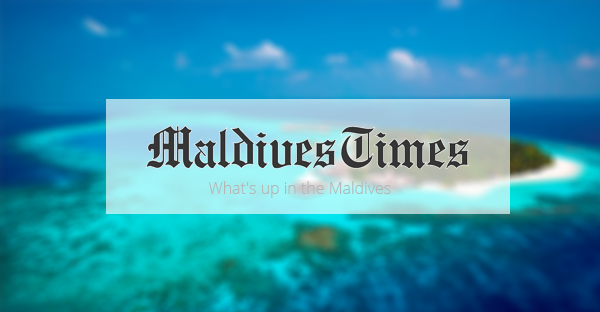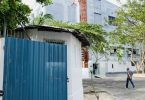A pearly white beach and a vast blue ocean. This is the picturesque location for which many tourists travel to the Maldives every year. However, these islands in the Indian Ocean are tiny and are highly dependent on imports for fresh produce. They currently import 95% of their food. Fruit and vegetables are brought in from afar to provide food for the many tourists as well as the locals.
That could be done more efficiently, according to a group of university students from TU Delft. As part of an assignment, they designed a modern self-sufficient greenhouse in order to produce food locally. And where most study assignments remain a plan on paper, this greenhouse actually might be realized on one of the islands in the near future.

The biggest challenge is temperature
The plans of the Maldives Matter Project are already very advanced, says Carmen Jansen op de Haar of Resilient Island. “It will be a semi-closed greenhouse of one hectare in size. Two-thirds of it will be used to grow lettuce, there will be tomatoes in one-third and possibly strawberries at a later stage. There will be a hydroponic system for lettuce cultivation, for which we collaborate with Van der Hoeven. There is plenty of sunlight and an occasional shower. The biggest challenge for growth in the Maldives is the temperature and the high humidity. On the islands, it is between 25 and 30 degrees Celsius all year round, both during the day and at night. Because this temperature difference is so small, many fruits and vegetables cannot grow in that climate, so that the Maldives become highly dependent on imports.”

“In order to keep the temperature in the greenhouse at the right level, we need cooling technology. We are also looking at Deep Water Source Cooling, where you use the temperature differences in the water. A new technique that we certainly will not apply immediately, but that is worth investigating.”
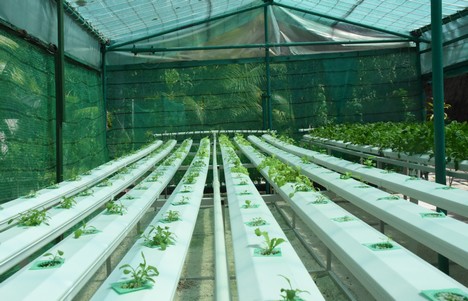
Test greenhouse
To investigate the feasibility of the thought out plans, the group will first set up a miniature version of the greenhouse. “We have already done a test with tomatoes. The cultivation results in those circumstances were very positive. With a mini greenhouse, we mainly want to test the techniques.”
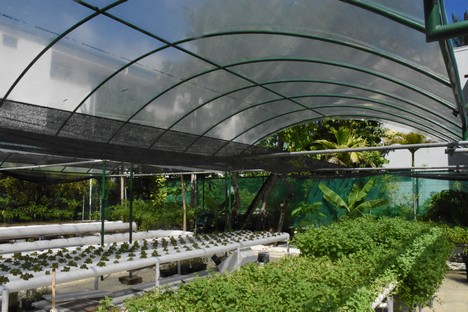
Growers from the Netherlands
According to Carmen, so far there is little horticulture to be found on the sun-drenched islands. “There is some cultivation in simple plastic tunnels without cooling or other techniques. The products on the field are sprayed a lot. Agricultural training is available, but currently, only six people have completed the university horticultural training. Because there is little work to be found in it, that number will not grow anytime soon.”
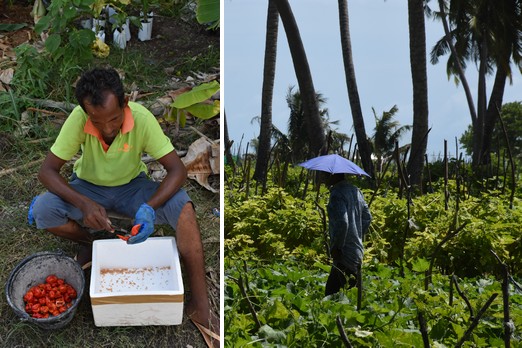
At the end of last year, Resilient Island made an appeal to find a Dutch grower who, once the greenhouse is completed, will start the cultivation. “We have found two growers who are currently helping us to answer technical cultivation questions and who also give advice on setting up an education program. Eventually, a Dutch grower will head over there to train the Maldivian growers. We are also going to bring local growers to the Netherlands to show them our horticulture here. Ultimately, they will have to manage cultivation independently, with the help of Hoogendoorn climate computers and some advice from the Netherlands.”
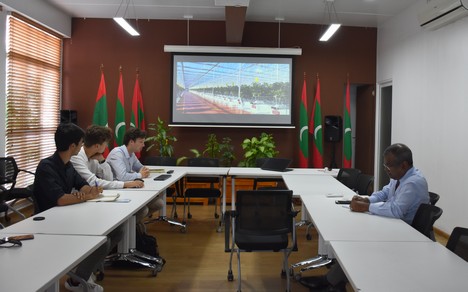
Supply to resorts
The choice of crops will be tailored to the demand of resorts. “Our market research showed that there was a great need for lettuce, however, if we would produce only lettuce then it would be too much. Lettuce and strawberries are fragile in transport and therefore very suitable for local cultivation. The intention is to supply various resorts with fresh produce packages.”
The exact location for the greenhouse has not yet been determined. “We have selected three islands, each of which has potential in a different way. All three are local islands, which ensures that the local population can easily work in the greenhouse later on. “Although the Maldives has many luxury resorts, not every resort will be supplied.” We are looking for resorts that share our vision. Some say that they strive for sustainability, but in practice, nothing much is achieved. It is important that the resorts with which we work support our principles.”
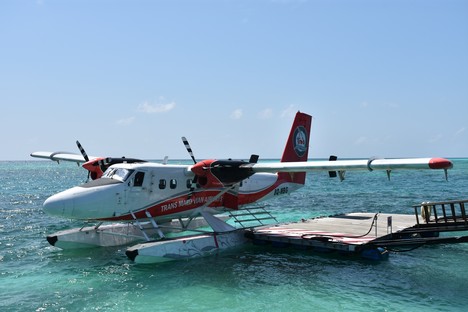
Chain reaction
Further in the future, the Resilient Island team hopes to broaden the project. “Our goal is to make the Maldives less dependent on the rest of the world. We are hoping for a chain reaction to other Small Island Developing States, as these countries are called that are highly dependent on the mainland. The corona crisis once again made it very clear that it is important that countries and islands can meet their own needs. Air traffic almost came to a standstill, making it even more evident why it is so important that these kinds of countries can be self-sufficient.”
Full details are available at the link below:
Source URL: Bing News :



